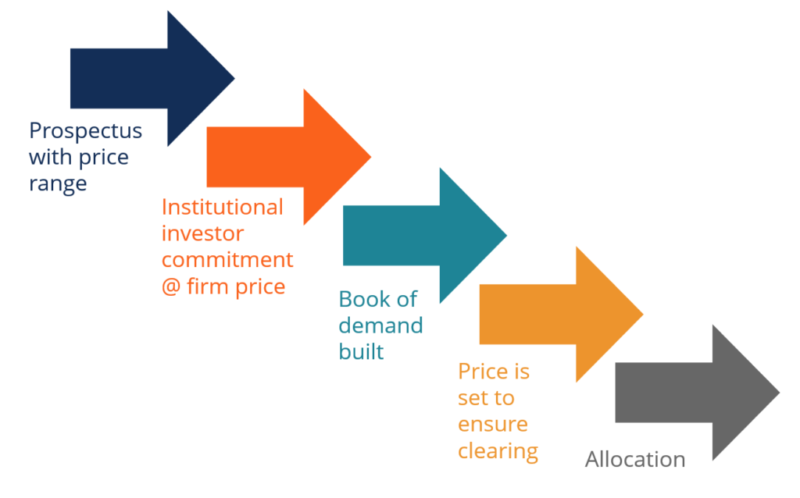Companies seeking to broaden their horizons, or streamline their business, take advice on prospective targets and/or buyers from investment banks. The role of investment bankers in M&A can be seen in two different lights, I.e. buyer representation or seller representation. Or, in other terms, acquirer representation and target representation.
Investment banks do offer advice on the business’s valuation to both the parties, i.e. seller and buyer, during an M&A affair.
Besides the crucial role, investment bankers play in the whole act of Mergers and Acquisitions (M&A), their extended utility comprises:
- Establishing fair values for the businesses involved in the act.
- Providing strategic advice on the transaction based on the in-depth market study.
- Investment banking professionals initiate new securities in the market to facilitate finance for M&A undertaking.
The Role of an Investment Bank Differs Depending on Whether It Is Representing the “Seller” or the “Buyer”
Responsibilities investment banking professionals shoulder while on the sell-side of the engagement:
- Searching for the perfect buyers and contacting them. Making strategic talks with the potential buyers and maintaining information flow between the two parties involved.
- Keeping a track of the current M&A trends to determine the correct valuation of the company being sold. Moreover, investment bankers do offer their strategic inputs on the timing of the sale.
- Formulating a bid process for the seller, evaluating the bids made by the prospective buyers, and eventually choosing the most appropriate buyer
- Putting up online diligence, and acting as a primary liaison among the buyer and the seller
- Providing advice on deal-negotiation.
Responsibilities investment banking professionalsshoulder while on the buy-side of the engagement:
- Identifying the prospective target and the related industry to accurately determine the preliminary valuation.
- Assessment of strategic fit on the client’s behalf in terms of acquiring a company by contemplating synergy opportunities
- Developing a bidding blueprint and assistance on designing the terms of purchase
- Finding prospective issues in the diligence undertaking and following up on the same
- Performing analysis of the acquirer’s capital structure to dictate lawful transaction financing, or assisting the buyer with financing options
- Providing help on deal-negotiation.
Contribution of Different Investment Banking Job Roles in Making an M&A Deal Come to Fruition
Work break-up in the investment banking industry during an M&A deal proceeding:
Analyst:He is the one involved in all of the leg work that goes into sourcing and processing transactions.
The activities comprise developing ppts and excel worksheets, managing information and files, jotting down notes over phone calls and during the meetings, performing industry research, and tracking sourcing and enactment activities.
Associate: His responsibilities comprise cross-checking the analysts’ deeds, communicating with clients, enacting on the day-to-day tasks involving capital transactions, and providing assistance on the development of PPTs.
Vice President: He, being in a managerial role, assists business development initiatives and handles deal-undertakings.
He is greatly involved in preparing pitchbooks and provides his valuable support in deal marketing efforts. He also handles client and investor communications.
Managing Director: The MD primarily takes care of deal-sourcing, deal-execution, and business development. A majority of his time goes into building business relationships, client meetings, and keeping himself up to date on the industry trends.
Considering the above-presented information, it can be evidently concluded that investment bankers do form the backbone of M&A deal-making.





